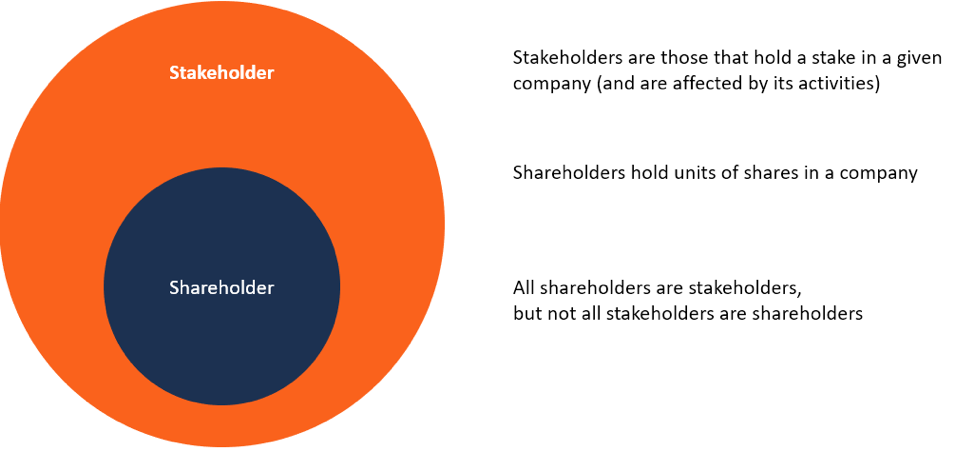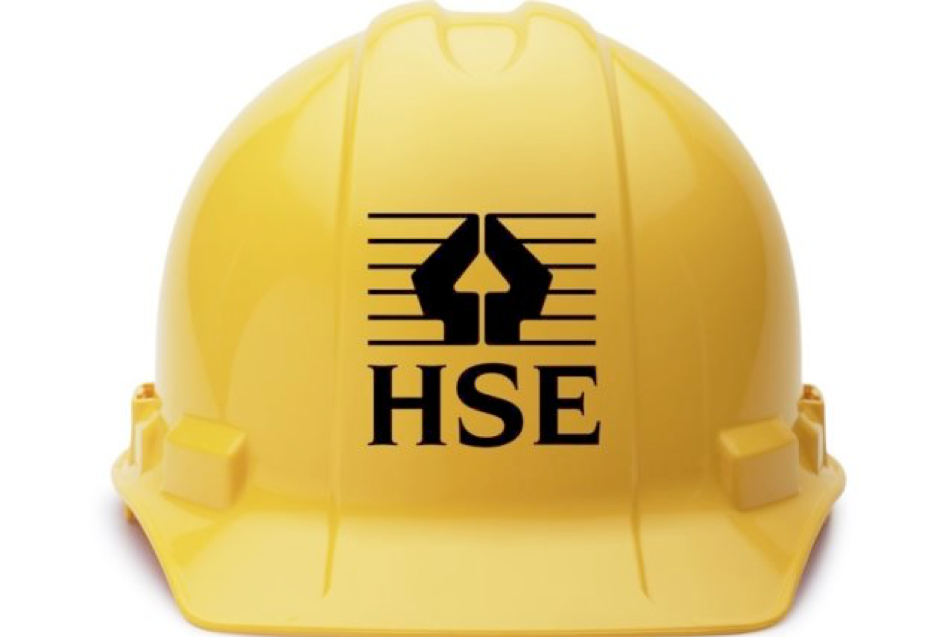10 Steps to Health and Safety - 5 Planning and implement

Planning prevents accidents and incidents
Once you have gained senior management commitment and identified your risks you must consider what you are going to do to protect the people who could be affected and how you are going to implement those policies and procedures.
Each stakeholder in your organisation may require different things, here are just a few of the possible stakeholders and what they may require. These will differ with each organisation and different stakeholders.
Your organisations Stakeholders include:-
Staff
All organisations have a duty to prevent injury to staff where possible and this includes safety related items and health aspects of their work. Safety incidents have an immediate impact on staff e.g. cuts to hands, falls from heights etc. whereas health issues can be considered a long-term accident e.g. exposure to asbestos and chemicals, noise and vibration etc.
Staff undertake the day to day functions of the organisations and have the knowledge and experience to deliver customer requirements. If staff are off due to health or safety issues then the organisation may have to employ temporary staff to fulfil the role and continue to pay the staff whilst they are recovering.

Staff - the most important resource to an organisation
Organisations with a poor health and safety record may find it difficult to recruit and retain staff.
Shareholders/owners/directors

An organisation may have various stakeholders
These are seen as having the biggest influence on health and safety as they provide the resources to implement health and safety in an organisation. They have legal duties, failure to comply with these duties can lead to prosecutions being bought against the organisation and the individuals within it.
If found guilty, this can lead to significant fines and/or imprisonment.
Customers

Customers are the life blood of an organisation
Customers require organisations to provide them with products and services that are safe. If a customer visits an organisations premises, the organisation has a duty to protect customers and visitors from injury. If a company produces something they must ensure it doesn’t affect the health and safety of the consumer.
Organisations with a poor health and safety record often go out of business.

Ideas can come from across the organisation.
Insurers

Insurance is a legal requirement for all organisations
Having insurance is a legal requirement for organisations and without insurance they cannot operate. Having a poor health and safety record can lead to insurers increasing premiums which impacts, amongst other things, the organisation’s profitability.
HSE

The Health and Safety Executive is the governments specific department for the regulation and enforcement of health and safety in the UK
The HSE is the government body who are empowered to keep us safe. They have wide ranging powers and influence change in H&S legislation.
They can enter premises without prior warning. They can investigate accidents/incidents and issue prohibition and improvement notices.
“If you are found to be in material breach of health and safety law, you will have to pay for the time it takes us to identify the breach and help you put things right. This includes investigating and taking enforcement action and is called fee for intervention (FFI).”
Taken from the HSE website, June 2019.
Fee for intervention is currently £154 per hour, per inspector involved. All invoices must be paid within 30 days.
Ultimately, they can start the prosecution of individuals and organisations which, if found in their favour, lead to fines and/or imprisonment.
 |
Find out the next step in the 10 steps to Health and Safety success - 6 Training |



0 Responses